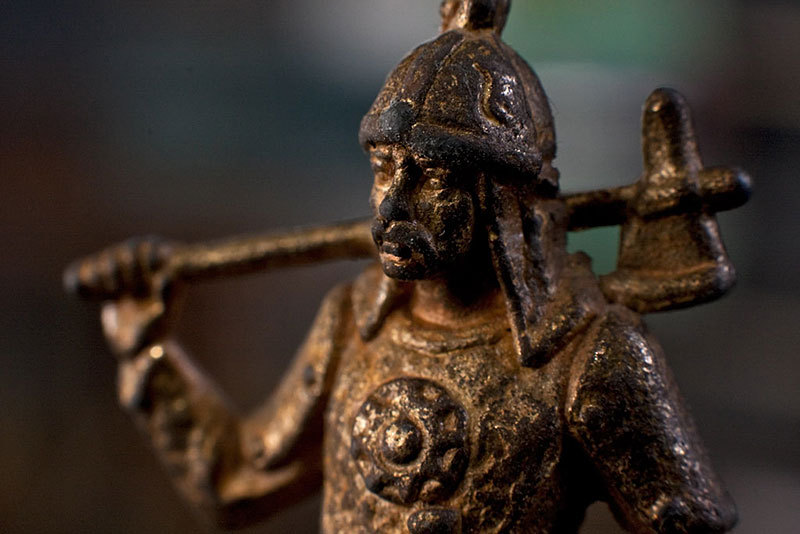In community college, the first assigned reading for my first English class was Beowulf―two different translations. I studied it again when I took Old English 101, but this time we had to translate it ourselves (admittedly, I did walk into that one myself). All English majors have brushed up against this poem at some point, and no wonder: Beowulf is widely credited as one of the earliest surviving written texts in the language(s) that would become English. There are hundreds of translations of this one poem; you’d think that we’ve heard it enough at this point. Yet every few years, a new version is published even though there are plenty of serviceable translations already available. So what’s the point of all these new translations?
Translation is a series of decisions, and some options are better or worse depending on the aim of the translator. Some translators choose to prioritize the lyrical feel of a text or what they understand to be the meaning of the text; others may try to make it as faithful to the original as possible or as accessible to a new audience as possible; others may be writing for academics with a mind to the historical context and etymology or they may be trying to introduce an ancient text to new readers without alienating or overloading them with too much information.
Very rarely, a translator can accomplish several of these at once, but usually they must choose. This is why J. R. Clark Hall’s and Roy Liuzza’s translation of Beowulf is so different from Edwin Morgan’s or Stanley Greenfield’s version. Hall was smoothing over some of the difficulties of past translations but stuck close to the original and used archaic language. Morgan’s version was the start of Beowulf being interpreted as a modern poem. Without Edwin Morgan, we might never have gotten Seamus Heaney’s version, and that really would have been a shame.
Translators don’t just have to choose which element of a text to elevate, they also have to try to bring an ancient text to a modern audience amidst a rapidly shifting idea of “archaic.” Part of what makes ancient texts so difficult to translate is that they don’t just jump languages but also time. Modern audiences will not understand the allusions that Beowulf makes because it was created for its own time, and those stories were known to its original listeners. Not knowing those stories often makes it impossible to understand the text. Imagine trying to explain the plot and pop culture references of Captain America: Civil War to someone from the future, whose language and culture is completely different and who has no practical access to the rest of the movies in the vast Marvel Cinematic Universe.
Beowulf also frequently uses language that was already archaic at the time it was written, which can understandably frustrate readers and stump translators. There are all sorts of kennings that were no longer common by the time the poem was written but were still understandable to its audience. Beowulf takes place in the sixth century but was written two or three centuries later, and the language is meant to evoke a feeling of myth, grandeur, and perhaps nostalgia for the time of heroes. Many translators try to evoke that feeling by using language that we consider to be archaic, but there are two big risks with that: 1) archaic language tends to alienate readers, and 2) modern English vocabulary changes rapidly, so what is archaic now might be obsolete in a few short years.
There’s really no right or wrong way to go about a translation, and for something as complex and foreign as Beowulf, it’s no wonder that hundreds of translators have felt the need to create their own version of the text. Even across the hundred years of translations that are widely available, the translators all came from vastly different cultures with vastly different understandings of modern language—I think we can agree that Victorian England has little in common with 1983 Berkeley. As a mild history nerd and a big language nerd, I can’t pretend that I’m not delighted that we keep translating Beowulf. Let’s keep the tradition going.

